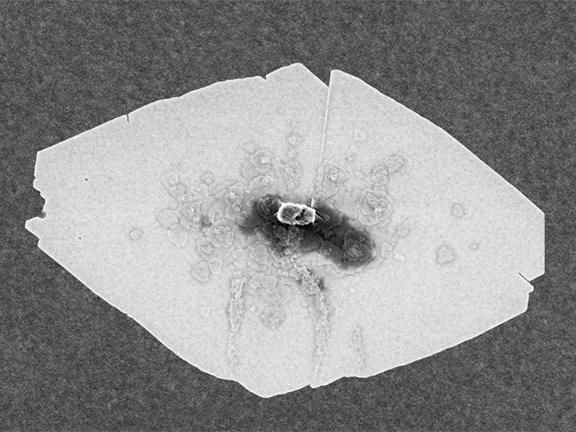XCAM is UK’s “Most Innovative” Life Science Company
XCAM Ltd has been named winner of the national Innovation Award at the Medilink UK Healthcare Business awards 2012, held in Cardiff on the 13th March. The UK Awards are recognised as the top business awards in the national Life Sciences sector and the Innovation Award marks out XCAM as the leading innovator in the sector over the past year.
Surprisingly XCAM didn’t start life in the field of biological research but was a spin-out from the world class X-ray Astronomy group at the University of Leicester. Now, however, the expertise that XCAM has developed from X-ray Astronomy allows it to provide vital customised camera equipment to some of the most advanced life science research in the world, which gives much clearer images of atomic-level structures such as viruses and proteins. Such detailed imagery is generating a greater worldwide knowledge of how potentially deadly viruses might be understood and managed.
The company is based near Northampton, and specialises in the design and manufacture of advanced camera systems which use charge-coupled device technology (CCD).The skills that XCAM has developed from X-ray astronomy have proved useful in a range of applications but the potential life sciences applications are wide ranging.
XCAM CEO Karen Holland says, “Whilst we began many years ago as a small company selling just a sensor controller, we began to recognise that our expertise, gained through working on varied interesting projects could be applied commercially to bioscience research. We researched the opportunities and decided to take the bioscience development further, a decision that has lead to this award. The greatest accolade is always to be recognised by your peers for what you do. Winning the Innovation prize at these national awards, which are held in high regard across the Life Sciences industry, means that the work we are doing is recognised within the industry as being at the leading technological edge in our field. Our cameras are being used in major areas of new life science research. For instance, we have supplied cameras to the XFEL (X-ray free electron lasers) experiment at Deutsches Elektronen Synchrotron (DESY) in Germany where they were used to take world-lead ing images of the giant Mimivirus, and we were involved in developing the specification for a unique detector that is now used at the Japanese XFEL facility at SPring-8 for similar applications. Better understanding of the Mimivirus structure will result in a leap forward in the development of future antivirus products and subsequent healthcare.”
Other news from the department business & finance

Get the life science industry in your inbox
By submitting this form you agree that LUMITOS AG will send you the newsletter(s) selected above by email. Your data will not be passed on to third parties. Your data will be stored and processed in accordance with our data protection regulations. LUMITOS may contact you by email for the purpose of advertising or market and opinion surveys. You can revoke your consent at any time without giving reasons to LUMITOS AG, Ernst-Augustin-Str. 2, 12489 Berlin, Germany or by e-mail at revoke@lumitos.com with effect for the future. In addition, each email contains a link to unsubscribe from the corresponding newsletter.
Most read news
More news from our other portals
Last viewed contents
Movetis obtains EU authorisation for the commercialisation of Resolor (prucalopride)
Cytocentrics receives GLP certification



















































